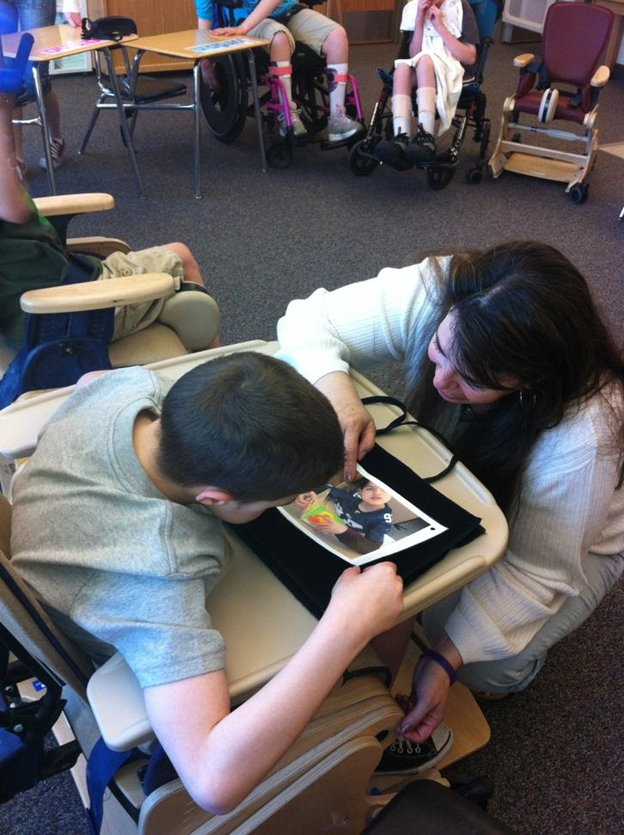Educational Program Planning and IEP Development
As for all children who receive special education services, program planning for children with deafblindness occurs annually as part of Individualized Education Program (IEP) meetings.

Deafblindness, however, has specific effects on such things as access to information, communication, and social relationships that must be considered by IEP teams in order to create appropriate programs. For this reason, it’s important that children receive high-quality assessment and there is a deafblind specialist on the team.
In addition, due to the complex needs of students who are deafblind, annual meetings may not be sufficient. “Continuous input from a smaller core group is often needed to . . . review, refine, and direct" the program on an ongoing basis (Texas Deafblind Outreach, 2009).
See also:
Education for a child or youth with deaf-blindness needs to be highly individualized; the limited channels available for learning necessitate organizing a program for each child that will address the child’s unique ways of learning and his or her own interests. Assessment is crucial at every step of the way. Sensory deficits can easily mislead even experienced educators into underestimating (or occasionally overestimating) intelligence and constructing inappropriate programs. (Miles, 2008)
Introductory Resources
Learn More
Research and journal publications in the field of deafblindness: What designs & literature inform our practices? (Sutter et al., 2020)
Evidence-Based Practices for Students with Sensory Impairments (CEEDAR Center)
Deafblindness: Educational Service Guidelines (Perkins School for the Blind)
Classroom Observation Instrument for Educational Environments Serving Students with Deaf-Blindness
Understanding the Expanded Core Curriculum (Perkins School for the Blind)
References
Miles, B. (rev. 2008). Overview on deaf-blindness. DB-LINK: The National Information Clearinghouse on Children who are Deaf-Blind.
Texas Deafblind Outreach. (2009). IEP Quality Indicators for Students with Deafblindness.
KEEP EXPLORING